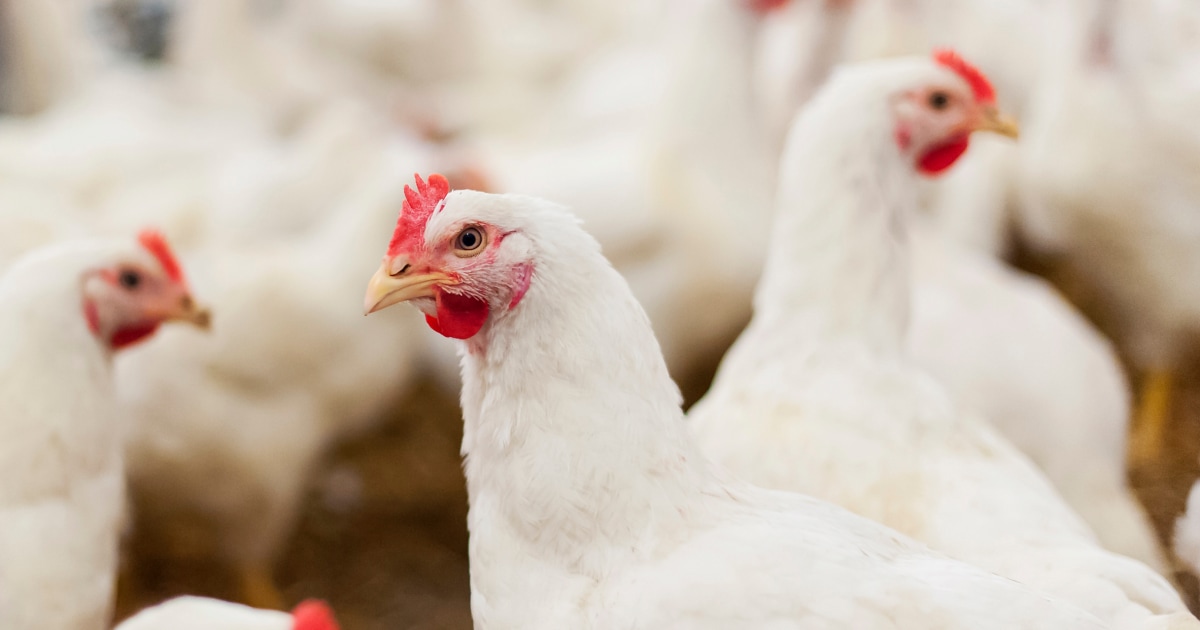THE dreaded Black Death plague had been added to the watchlist of pathogens that could trigger the next pandemic. In its first major shake-up since Covid-19 rocked the globe, the World Health Organisation (WHO) has ramped up its list of nine 'priority pathogens' . Bird flu and mpox are also among some of the new diseases that have been added to the list of 37 looming threats.
It comes just months after the US reported its first death from the bubonic plague - a disease that killed tens of millions of people in medieval Europe - since 2020. Meanwhile, a highly pathogenic bird flu strain, called H5N1 , has been detected in humans in the US. Sparking fears around the globe the virus could adapt to better infect humans , Read more on disease X At the same time, a mutant mpox outbreak in Africa has triggered a public health emergency amid fears it could spread out of control.

There are also fears about the mosquito-borne Dengue fever , often dubbed the 'bone-breaking disease' which is spreading in Europe at unprecedented levels. In the watchlist, named the R&D Blueprint for Epidemics , scientists also added an incurable rat disease called Hantavirus and swine flu. Several bacteria, including water-borne cholera and horror stomach bug salmonella , have also been incorporated for the first time.
Most read in Health More than half of the entries were new compared to the list from 2017, when the list was first published. Among the familiar faces still lurking are Ebola, Marburg , and Crimean-Congo haemorrhagic fever - virulent diseases that can cause severe bleeding. Covid-19, bat-borne Nipah , and seizure-triggering Lassa fever are also on the list, reminding us that these older dangers still pose a significant risk.
Disease X - code for a dangerous, yet-to-be-discovered virus - remains a contender. The list was put together by 200 scientists from more than 50 countries after reviewing a shortlist of 1,600 bacterium and viruses. Those marked as having 'pandemic potential' were easy to catch and potentially deadly in humans.
Previously, the lists from 2017 and 2018 had only included about a dozen pathogens. Scientists say urban sprawl and deforestation are driving up risky wildlife encounters, while global travel is giving diseases a free pass to spread across the globe. There is also concern that climate change could be making parts of the world more suitable for disease-spreading critters to thrive.
WHO's full list revealed: Lassa Fever Argentine Hemorrhagic Fever Cholera Plague Shigellosis Salmonella Pneumoniae MERS; Middle East Respiratory Virus SARS; Severe Acute Respiratory Syndrome Ebola Marburg virus Zika virus Dengue fever Yellow fever Tick-borne encephalitis West Nile Virus Hantavirus Crimean Congo Hemorrhagic Fever Bird flu (H1 to H10) Swine flu (H1 to H3) Nipah virus SFTS Fever Rift Valley Fever Smallpox Pox virus Monkeypox Chikungunya virus Venezuelan Equine Encephalitis Pathogen X Adenovirus Adenovirus 14 Hand, foot and mouth Lentivirus Borna disease virus Hepatitis C Hepatitis E HerpesHPVParvovirus.



















